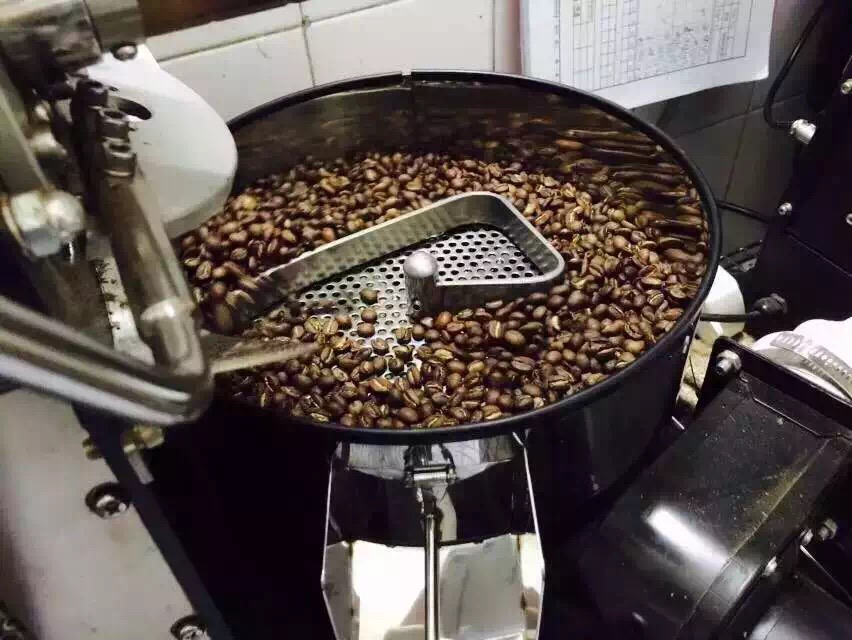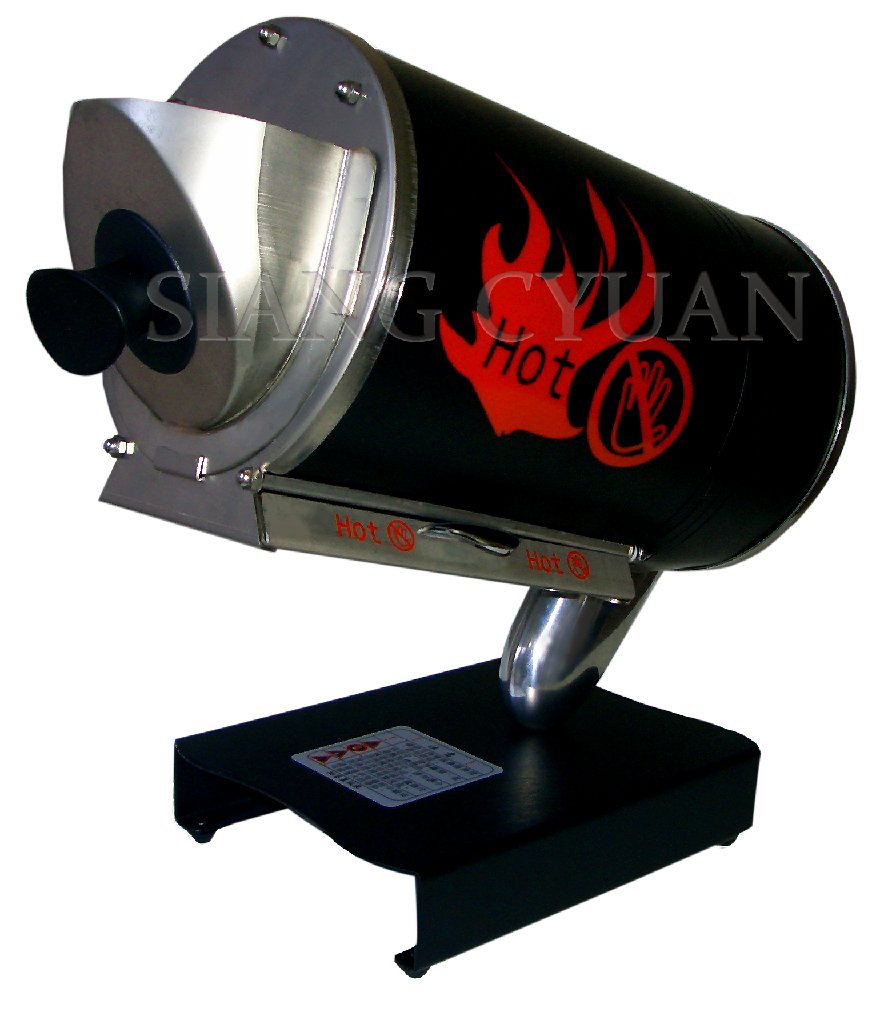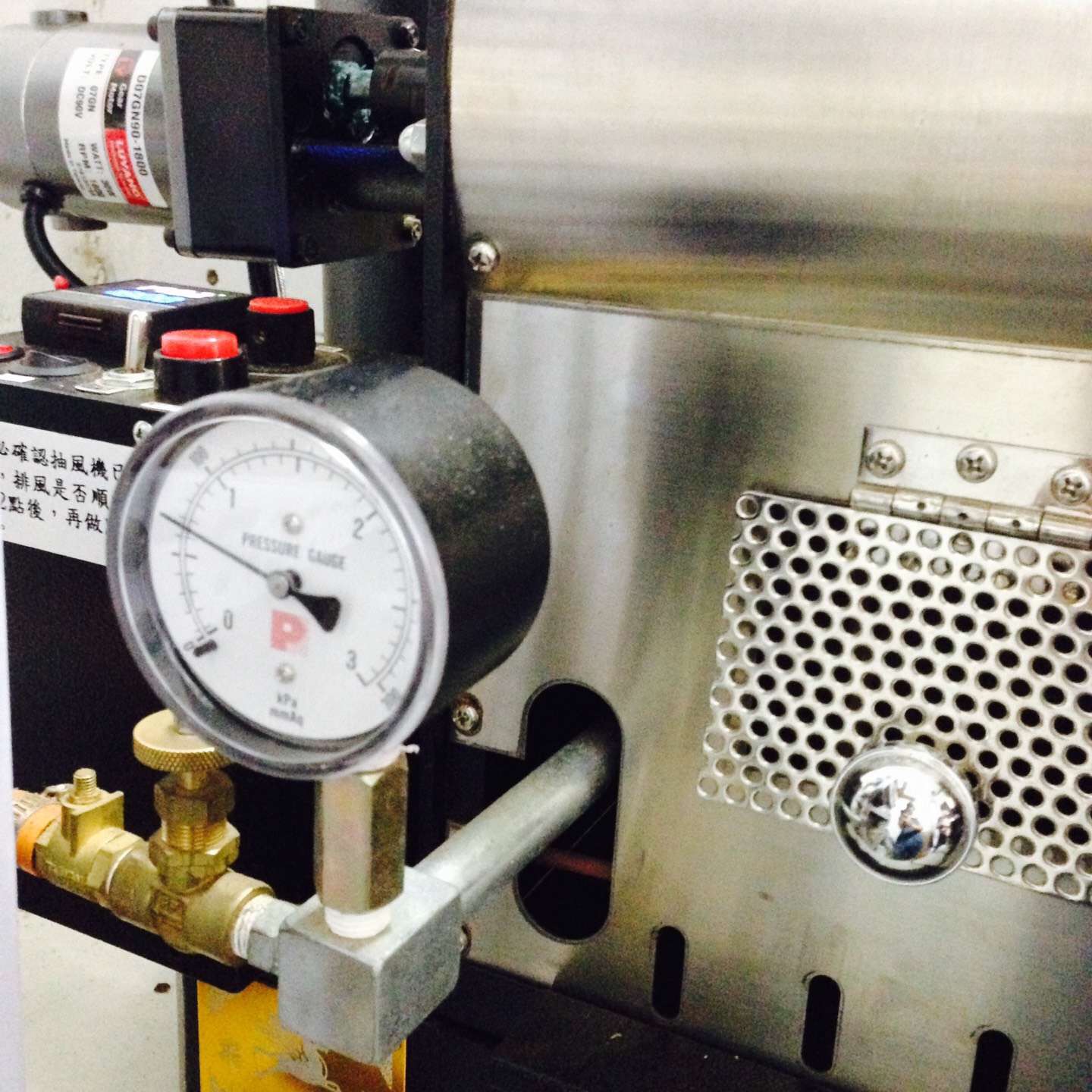The roasting technology of coffee determines the nature of good coffee and bad coffee

Friends who don't know anything about coffee often ask me what kind of coffee is the best. Is it Blue Mountain? I generally replied that my favorite coffee is good coffee. The answer is, of course, based on quality. Whether you like Thai rice or fragrant rice, or northeast rice, first of all, the rice must be of high quality, preferably new rice, moth-free, no impurities, and the same is true of coffee.
So let's learn what high-quality coffee should look like. And what effect will the impurities in the coffee have on the coffee flavor?
The standard of quality coffee
1. High-quality raw beans without defective beans (raw beans with few defective beans such as fermented beans and moldy beans, but not high-priced beans)
two。 Freshly roasted coffee (coffee is best served within two weeks after roasting, preserved as beans and ground before brewing)
3. Freshly ground coffee
4. Freshly brewed coffee
The summary is as follows: the so-called good coffee quality coffee can be defined as "high-quality raw beans remove defective beans, roast properly and extract correctly when fresh". Good coffee is not necessarily good coffee, but bad coffee must be bad coffee.
In the definition of high-quality coffee, it is not difficult to see that the first flawless bean is the top priority of the whole link. What is defective bean?
Which are the defective beans that affect the flavor of high-quality coffee?
Moldy beans: cyan and white bacteria grow because they are not completely dry or are too wet during transportation and preservation, which will make the whole cup of coffee mildew if mixed into roasting and grinding.
Fermented beans: there are two main causes, one is the process of soaking in the washing fermentation tank, which is formed by water pollution, and the other is that the moisture in the warehouse makes it ferment and makes the surface of the beans mottled. It is not easy to distinguish from the appearance, but special attention should be paid to the rotten smell if mixed with the coffee.
Dead beans: beans with abnormal results. The color is not easy to change because of baking, so it is easy to distinguish.
Immature beans: pick them when they are not ripe and have a fishy smell. Lack of the luster of ripe beans, and it is not easy to distinguish them at beginners.
Shell beans: caused by poor dryness or abnormal mating, the beans break from the central line. It is easy to produce uneven baking.
Worm-eaten beans: when the coffee fruit ripens and turns red, the worm lays an egg inside. The coffee fruit is an important nutrition for the growth of larvae, leaving moth-eaten beans on the surface. It will cause the coffee liquid to be cloudy and produce a strange smell.
Black beans: early maturity, falling on the ground, long-term contact with the ground and fermentation blackening. It smells rotten and muddy.
Shell beans: the endocarp is covered on the inside of the pulp of coffee beans and remains on the washed coffee beans. It will cause astringency.
Cocoa: it is caused by natural drying that the pulp remains and is not fully shelled. It smells like dirt.
In addition to the above all kinds of defective beans, there are stones, glass, branches and other impurities, light cause the roaster can not be used normally, heavy is scrapped.
If you want to know how these defective beans affect the flavor of coffee, the best way is to drink a cup of coffee made of defective beans, you can deeply appreciate the importance of hand selection before baking.
Next, let's take a look at the coffee varieties that are more common in the mainland and what kind of roasting methods they are suitable for.
What is the right way to bake?
For example, Colombia's special selection, which is sour and bitter, requires shallow baking, and is also required to cover its sour taste, so shallow baking is obviously not suitable for it.
Source: network
Important Notice :
前街咖啡 FrontStreet Coffee has moved to new addredd:
FrontStreet Coffee Address: 315,Donghua East Road,GuangZhou
Tel:020 38364473
- Prev

Coffee enthusiast: introduction of RotateFun300 small coffee roaster
After the completion of the machine, it is also seriously introduced, and the test section is the same directly, so that people who have not been able to know more about this bean baking machine can learn more about it. The design basis of the outsourcing machine is on the premise of convenience, and the beans can be seen and touched during the baking process, so friends who receive food for the first time can successfully bake (beautiful) beans and will not produce one.
- Next

The roasting of coffee has a great influence on the quality of coffee. The normal roasting procedure of coffee beans
Coffee roasting is the coking of raw coffee beans at high temperature. Roasting completely changes the substances inside the raw beans to produce new compounds, which are recombined to form aroma and mellow flavor. And this effect will only happen at high temperature, if you only use low temperature, it will not cause decomposition, no matter how long the coffee beans are not cooked. Most people think that baking is nothing, just using firefighters.
Related
- What is the meaning of lactic acid fermentation with coffee bean treatment?
- How to judge the state of foam by sound?
- How does the latte pull out the unicorn pattern? Come to get for a little trick to improve the flower pull!
- Will flower pulling affect the taste of the latte?
- Do you know the history of coffee?
- The difference between honey treatment and sun washing what is raisin honey treatment?
- What kind of milk can a novice use to make coffee foam to keep the foam longer? The correct method and skills of milking tutorial sharing
- Why do washed coffee beans taste sour? Flavor characteristics of washed Coffee
- Introduction to the skill of how to practice the size and height of water injection around the circle of hand-brewed coffee
- How do beginners practice coffee flower drawing from scratch?

